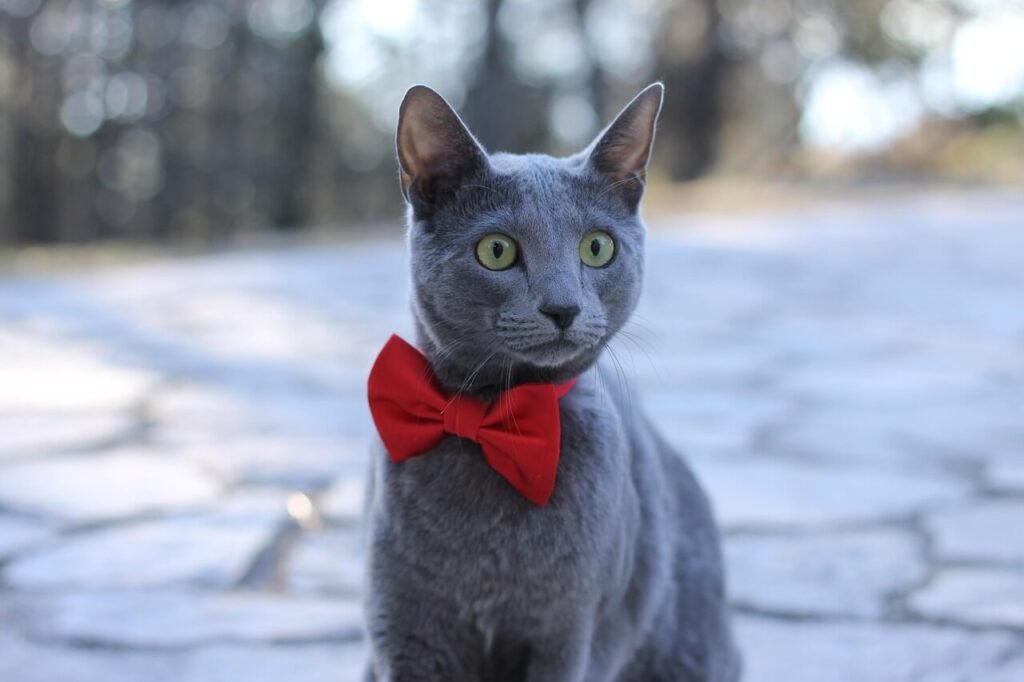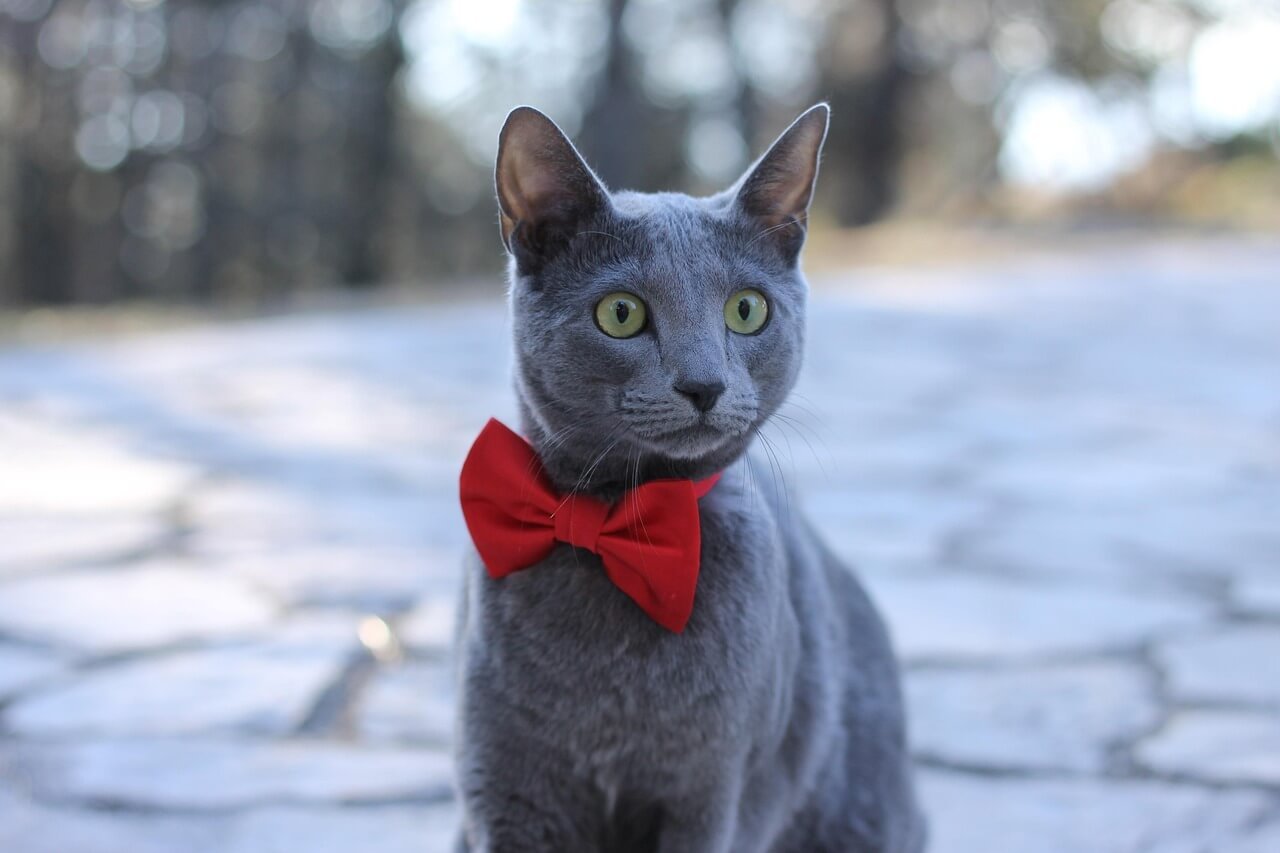Why Do Cats Put Their Ears Back? Decoding Feline Body Language
Cats are masters of non-verbal communication, and their ears play a crucial role in expressing their emotions and intentions. When a cat pins its ears back, it’s sending a clear message—but the meaning isn’t always straightforward. Whether it’s a sign of fear, aggression, or simply curiosity, understanding why cats put their ears back can help you better connect with your feline companion. In this article, we’ll explore the reasons behind this behavior, how to interpret it in different contexts, and what you can do to respond appropriately.
What Does It Mean When a Cat’s Ears Are Back?
A cat’s ears are incredibly expressive, capable of rotating nearly 180 degrees to pick up sounds and convey emotions. When a cat flattens its ears against its head, it’s often a reaction to something in its environment. Here are some common reasons for this behavior:
Sign of Fear or Anxiety :
Flattened ears can indicate that your cat feels threatened or scared by a person, animal, or loud noise.Aggression or Defensiveness :
Cats may pin their ears back when preparing to defend themselves or assert dominance.Pain or Discomfort :
If a cat is unwell or injured, they might flatten their ears as a response to physical distress.Playful Excitement :
During intense play, cats sometimes flatten their ears as part of their “hunting” posture.Submission to Another Cat :
In multi-cat households, a submissive cat may flatten its ears to avoid conflict with a more dominant feline.
Understanding these triggers can help you identify whether your cat is feeling stressed, playful, or unwell. Observing their body language as a whole will give you a clearer picture of their emotional state.
What Should You Do If Your Cat Pins Its Ears Back?
When you notice your cat’s ears flattened against their head, it’s important to assess the situation carefully before reacting. Misinterpreting their signals could escalate tension or cause unnecessary stress. Here’s how to handle different scenarios:
Assess the Environment :
Look around for potential threats, such as unfamiliar people, animals, or sudden noises.Give Them Space :
If your cat seems fearful or defensive, avoid approaching them until they calm down.Check for Signs of Pain :
Gently examine your cat for injuries or signs of illness if their behavior seems unusual.Redirect Playful Energy :
For overly excited cats, redirect their energy with toys or interactive games to prevent aggressive behavior.Introduce Calming Techniques :
Use pheromone diffusers or soft music to create a soothing atmosphere if your cat appears anxious.
By responding thoughtfully, you can help your cat feel safe and secure. Always prioritize their comfort and well-being in any interaction.
Check this guide 👉Decoding Cat Ear Positions: Best 7 Expert Tips!
Check this guide 👉Understanding Cat Ear Hematomas: Best 7 Expert Tips!
Check this guide 👉Understanding Cat Ear Yeast Infections: Best 7 Health Tips!

Emotions Behind Flattened Ears | How to Help Your Cat |
|---|---|
Fear or anxiety | Remove stressors; provide hiding spots |
Aggression or defensiveness | Avoid direct confrontation; stay calm |
Pain or illness | Schedule a vet visit; monitor symptoms |
Playful excitement | Engage with toys; channel energy positively |
Submission to another cat | Separate cats temporarily; reintroduce slowly |
Beyond the Ears: Understanding Your Cat’s Full Body Language
While pinned-back ears are a key indicator of a cat’s mood, they’re just one piece of the puzzle. To fully understand what your cat is trying to communicate, consider their entire body language. Here’s what else to look for:
Tail Position :
A puffed-up tail indicates fear, while a swishing tail suggests irritation or focus.Pupil Size :
Dilated pupils often signal excitement or fear, while constricted pupils may reflect anger.Body Posture :
A crouched stance with tense muscles usually means your cat is on edge.Vocalizations :
Hissing, growling, or yowling can accompany flattened ears during moments of distress.Facial Expressions :
Wide eyes and whiskers pulled back can reinforce feelings of fear or aggression.
Interpreting these additional cues alongside ear positioning gives you a comprehensive view of your cat’s emotions. This holistic approach ensures you respond appropriately to their needs.
Proactive Steps to Keep Your Cat Calm and Happy
Preventing situations that lead to stress or discomfort can reduce instances of flattened ears and promote overall well-being. Here are some practical tips to keep your cat content:
Create Safe Spaces :
Provide cozy hideaways where your cat can retreat when feeling overwhelmed.Maintain Routine :
Stick to regular feeding, playtime, and bedtime schedules to minimize uncertainty.Limit Loud Noises :
Reduce exposure to sudden or jarring sounds, which can startle sensitive felines.Introduce New Pets Gradually :
Allow time for proper introductions to prevent territorial disputes.Use Positive Reinforcement :
Reward calm behavior with treats or affection to encourage relaxation.
By taking these preventive measures, you can foster a peaceful environment that minimizes stress-related behaviors like pinned-back ears.
When Flattened Ears Signal Aggression: What to Watch For
Flattened ears are often a warning sign that your cat is feeling aggressive or defensive. Recognizing the accompanying behaviors can help you de-escalate potentially dangerous situations and ensure everyone’s safety. Here’s what to look for:
Hissing or Growling :
Vocalizations like hissing or growling often accompany flattened ears during aggressive displays.Swatting or Biting :
Cats may lash out with their paws or attempt to bite when they feel threatened.Arched Back and Puffed-Up Fur :
An arched back combined with bristled fur is a classic sign of defensive aggression.Direct Staring :
A fixed, intense stare paired with flattened ears signals readiness to attack.Tail Flicking Rapidly :
A rapidly flicking tail indicates heightened agitation and potential aggression.
By identifying these signs early, you can intervene calmly and prevent conflicts. Always prioritize safety when dealing with an agitated cat.
How Your Cat’s Surroundings Influence Their Ear Movements
A cat’s environment plays a significant role in their behavior, including how they position their ears. Environmental stressors or changes can trigger ear-flattening as a response to discomfort or overstimulation. Here’s how different factors might affect your cat:
Loud or Sudden Noises :
Unexpected sounds like vacuum cleaners or thunderstorms can cause cats to flatten their ears defensively.New Pets or People :
The introduction of unfamiliar animals or humans may make your cat feel insecure.Changes in Routine :
Alterations to feeding times or daily schedules can unsettle sensitive felines.Overcrowded Spaces :
Cats need personal space; too many people or pets nearby can overwhelm them.Unfamiliar Scents :
Strong smells from cleaning products or visitors’ belongings can irritate or stress your cat.
Creating a stable, predictable environment minimizes unnecessary stress and reduces instances of ear-flattening due to external triggers.
Rebuilding Confidence When Your Cat Feels Threatened
If your cat frequently flattens their ears due to fear or anxiety, rebuilding trust is essential for improving their emotional well-being. Gentle reassurance and consistent care can help them regain confidence over time. Here’s how to nurture trust:
Offer Treats and Rewards :
Positive reinforcement through treats helps associate calmness with rewards.Speak in Soothing Tones :
Use soft, reassuring words to comfort your cat during moments of distress.Respect Their Boundaries :
Avoid forcing interactions if your cat seems uncomfortable or withdrawn.Engage in Play Therapy :
Interactive play sessions with toys can redirect negative energy into fun activities.Provide Predictability :
Stick to routines and avoid sudden changes to create a sense of security.
Patience and consistency are key to helping your cat feel safe again. Over time, these efforts will strengthen your bond and reduce fearful behaviors.
Frequently Asked Questions About Cats’ Ears Being Back
Is it normal for my cat to flatten their ears during play?
Yes, it’s common for cats to flatten their ears during intense play as part of their hunting instinct.
Why does my cat put their ears back when I pet them?
It could mean they’re overstimulated or uncomfortable; try slowing down or stopping.
Can pain cause a cat to flatten their ears?
Absolutely—pain or illness often causes changes in ear position and overall demeanor.
How can I tell if my cat is scared or angry?
Look at their body language; scared cats may crouch, while angry cats may arch their backs.
Should I be concerned if my cat frequently pins their ears back?
Frequent ear-flattening without an obvious cause warrants a vet check to rule out health issues.
Final Thoughts: Listening to Your Cat’s Silent Signals
Understanding why cats put their ears back opens a window into their rich emotional world. From fear and aggression to playfulness and submission, this subtle yet powerful gesture communicates volumes about how they’re feeling. By paying close attention to their body language and responding with empathy, you can strengthen the bond you share with your feline friend. Remember, every flick of the ear or twitch of the tail is a clue waiting to be deciphered—and with patience and love, you’ll become fluent in the language of your cat.
Understanding Cryptosporidium in Cats: Best 7 Expert Tips! – Spot symptoms, treat safely, and stop parasite spread in your home.
Understanding Cryptosporidium in Dogs: Best 7 Expert Tips! – Learn symptoms, treatment & prevention for this stubborn gut parasite.
Understanding Syringomyelia in Cats: Best 7 Expert Tips! – Recognize signs, manage pain, and support your cat’s neurological health with vet-backed guidance.
Understanding Syringomyelia in Dogs: Best 7 Expert Tips! – Expert insights on symptoms, MRI diagnosis, pain management & quality of life.





